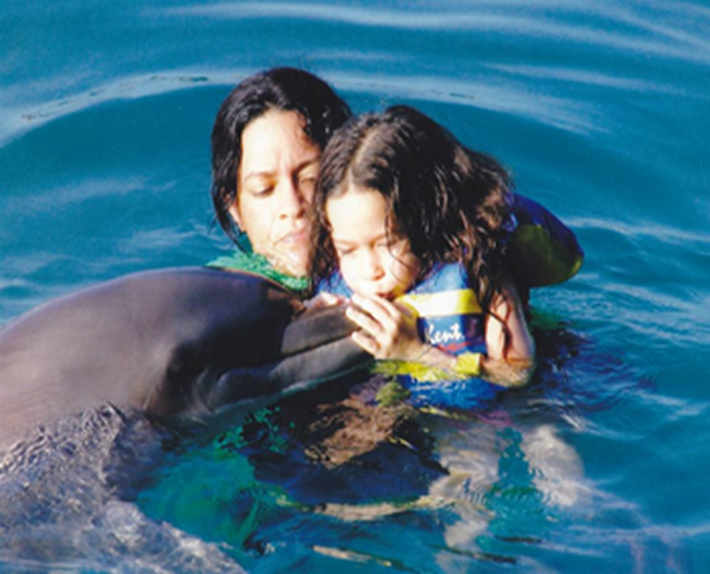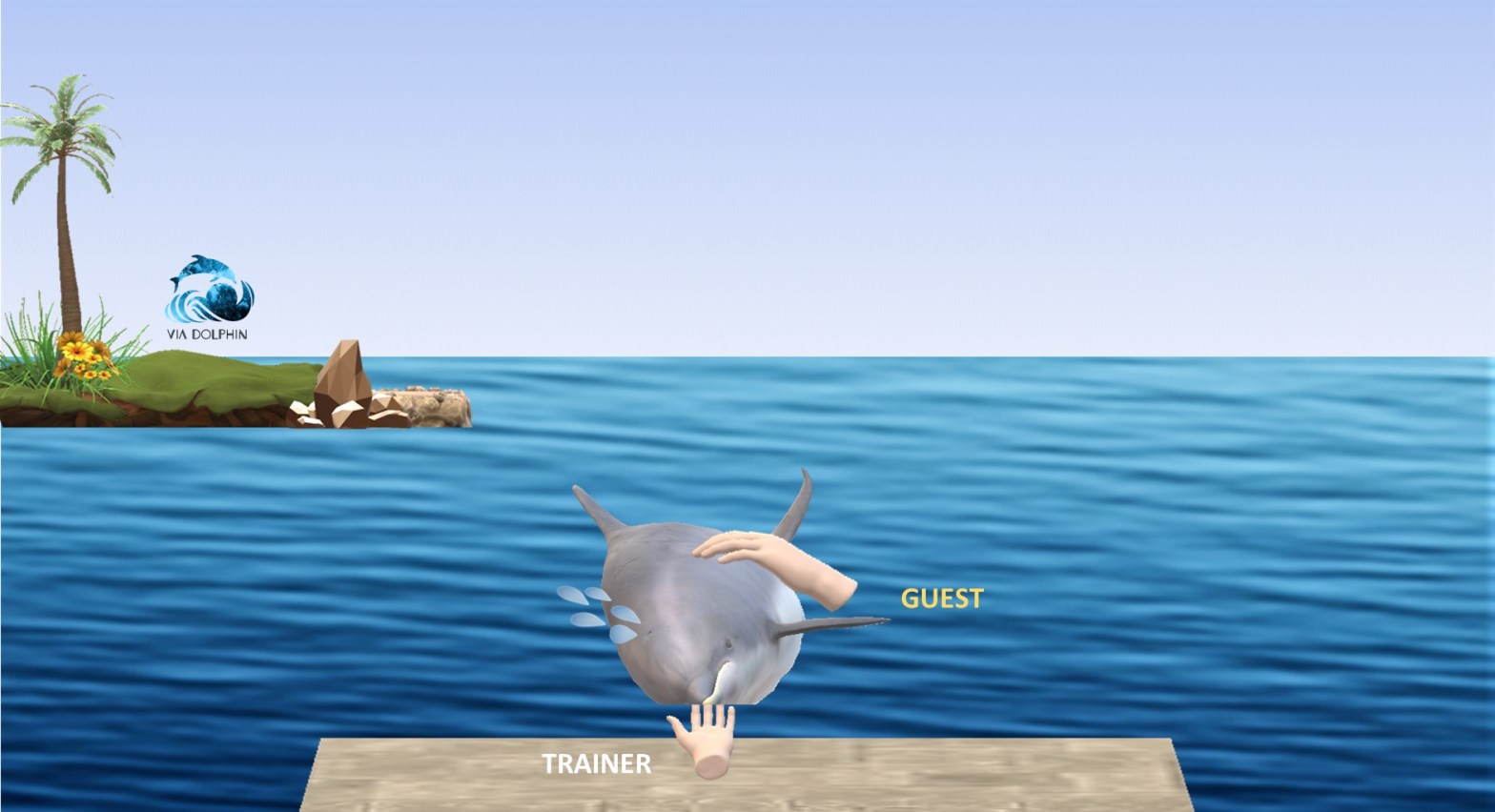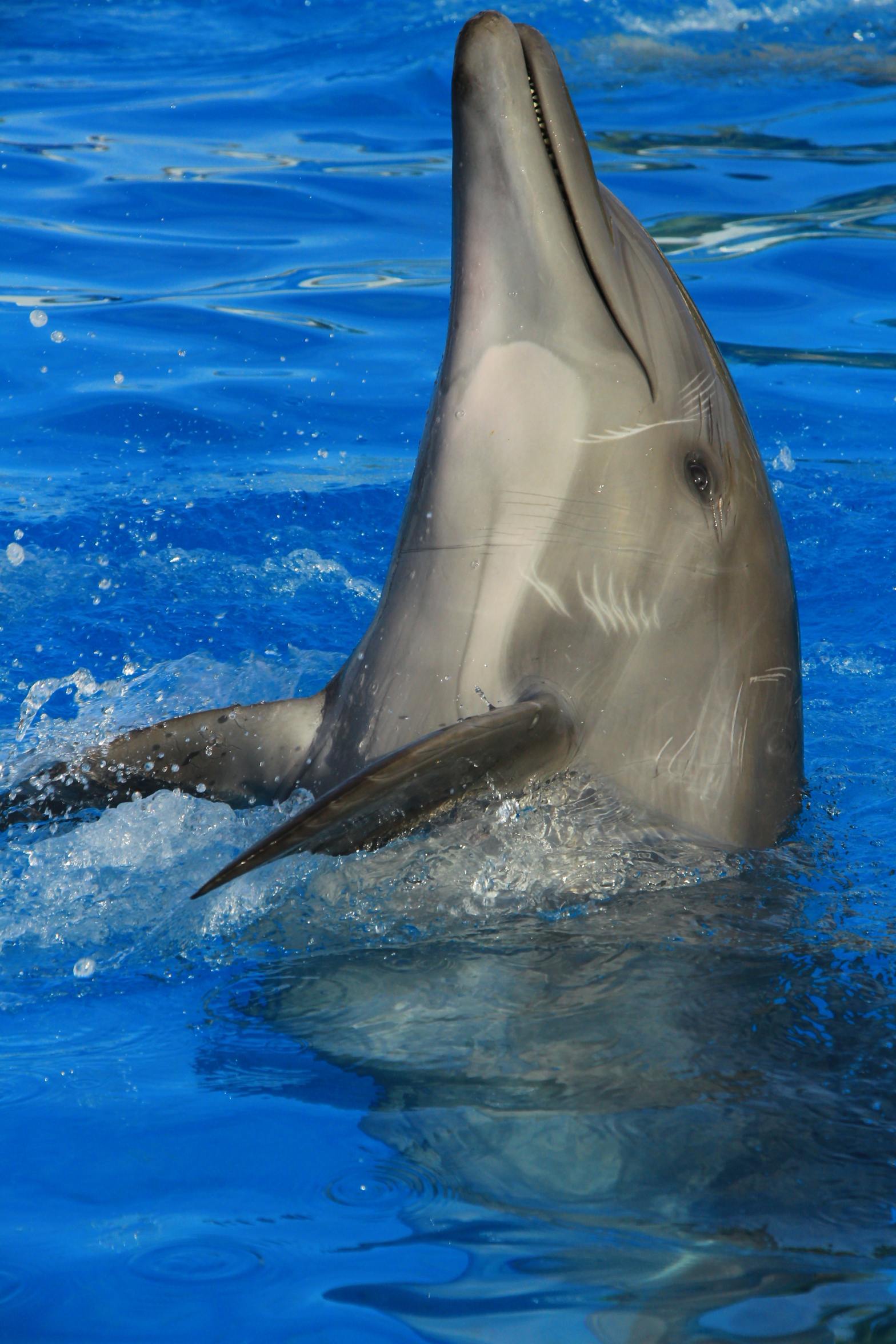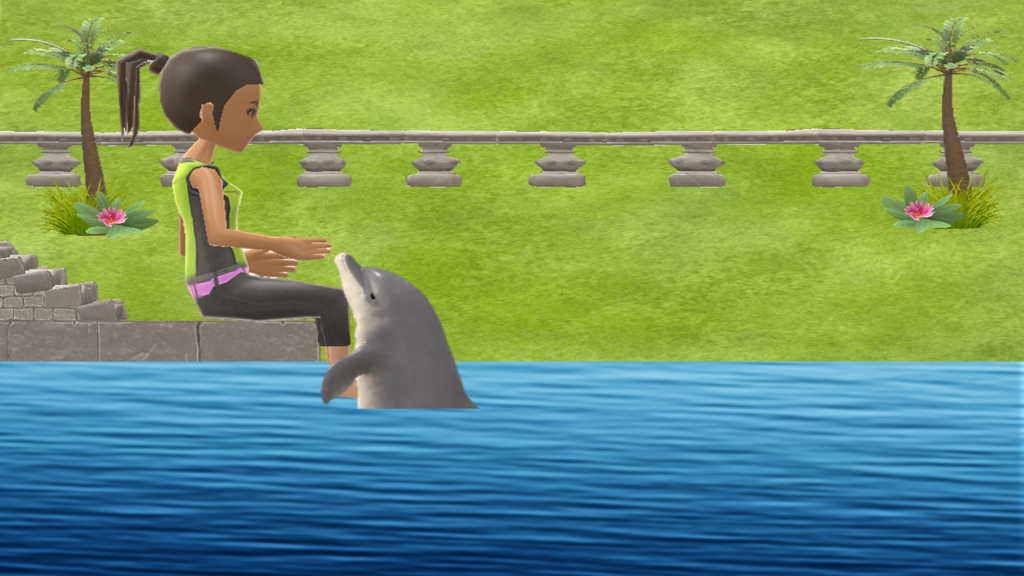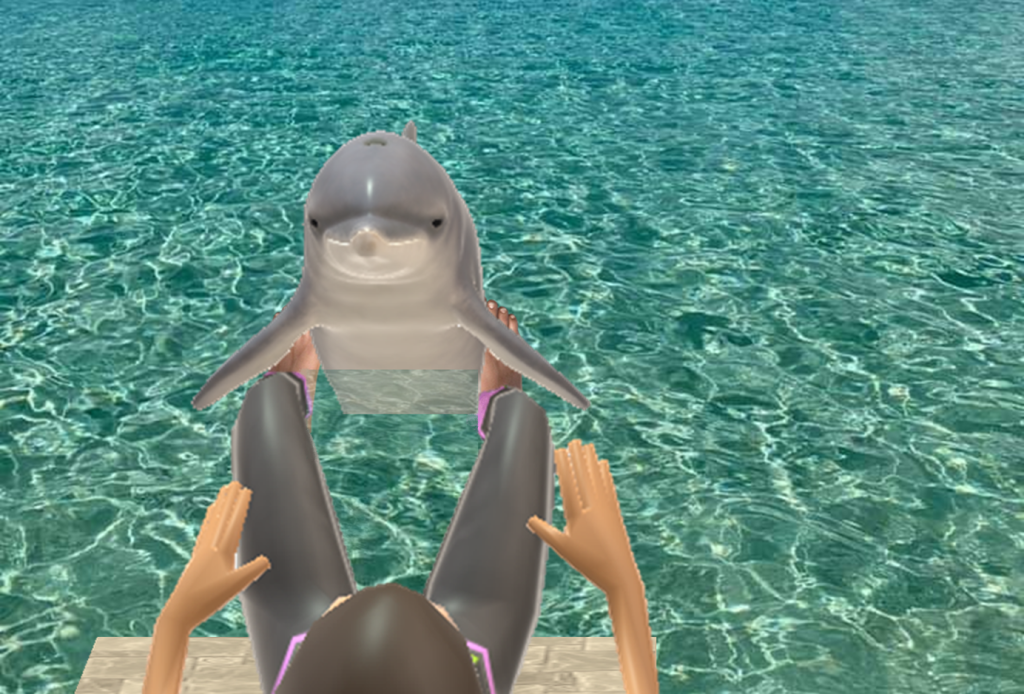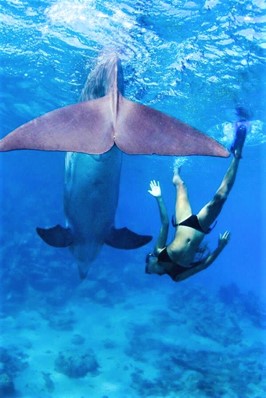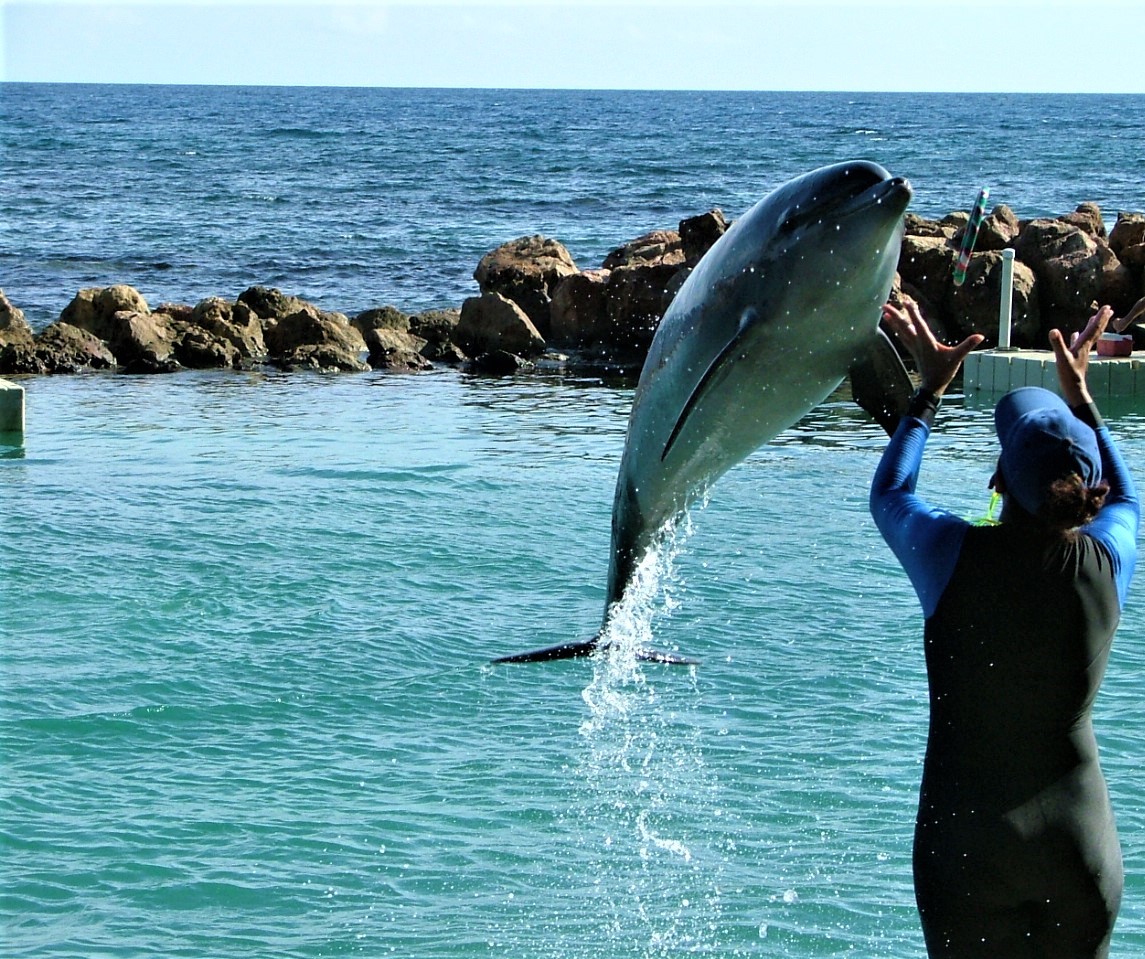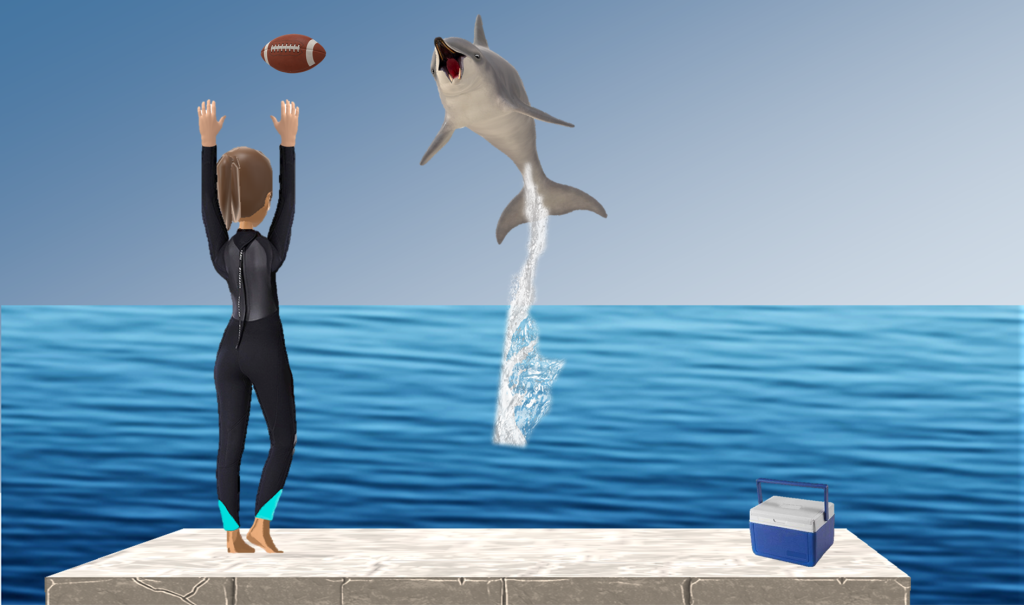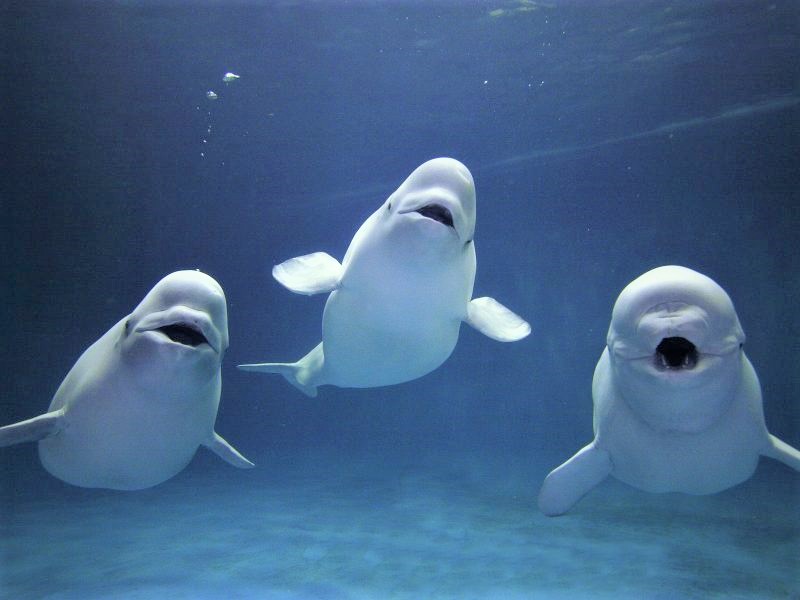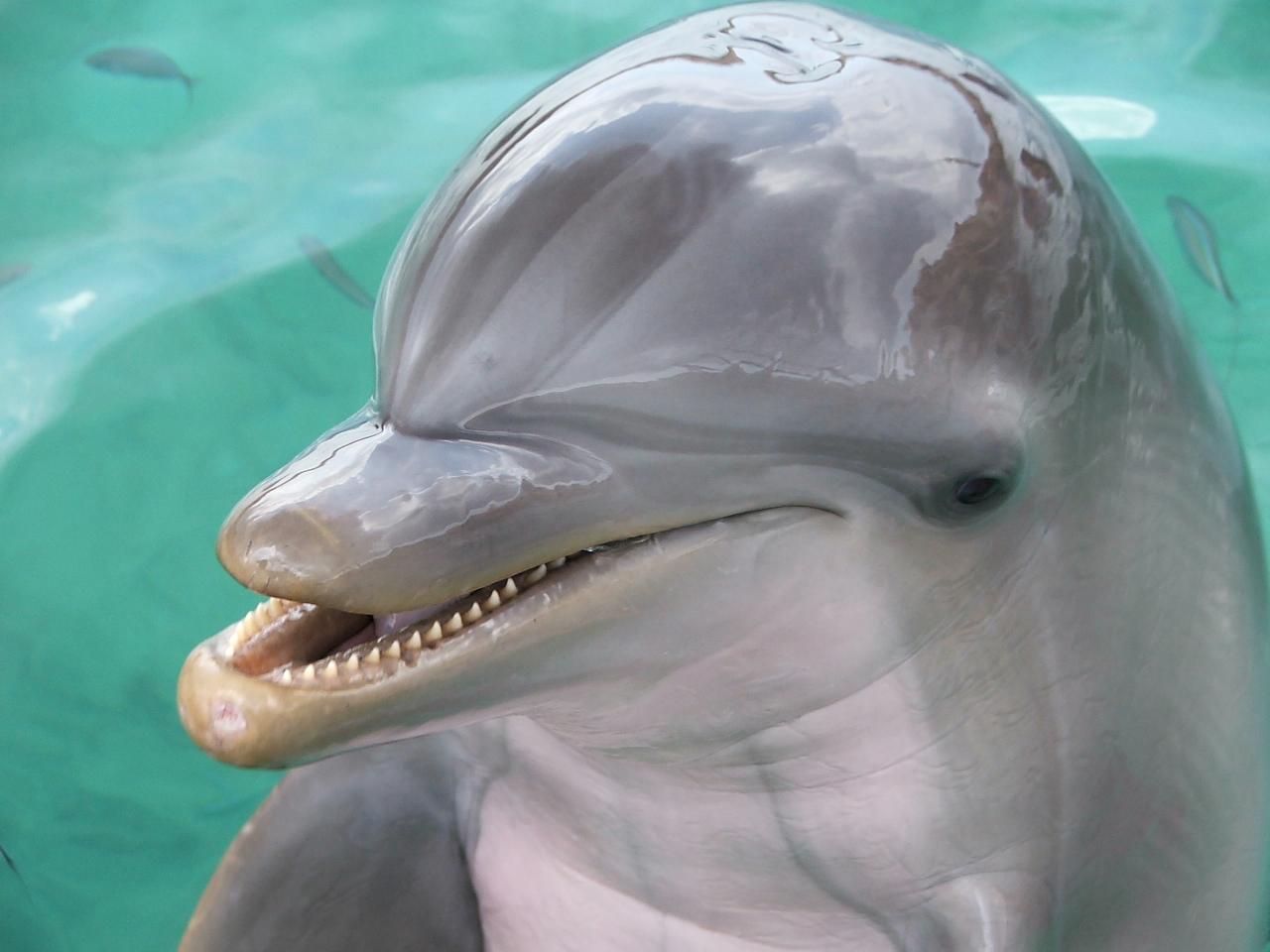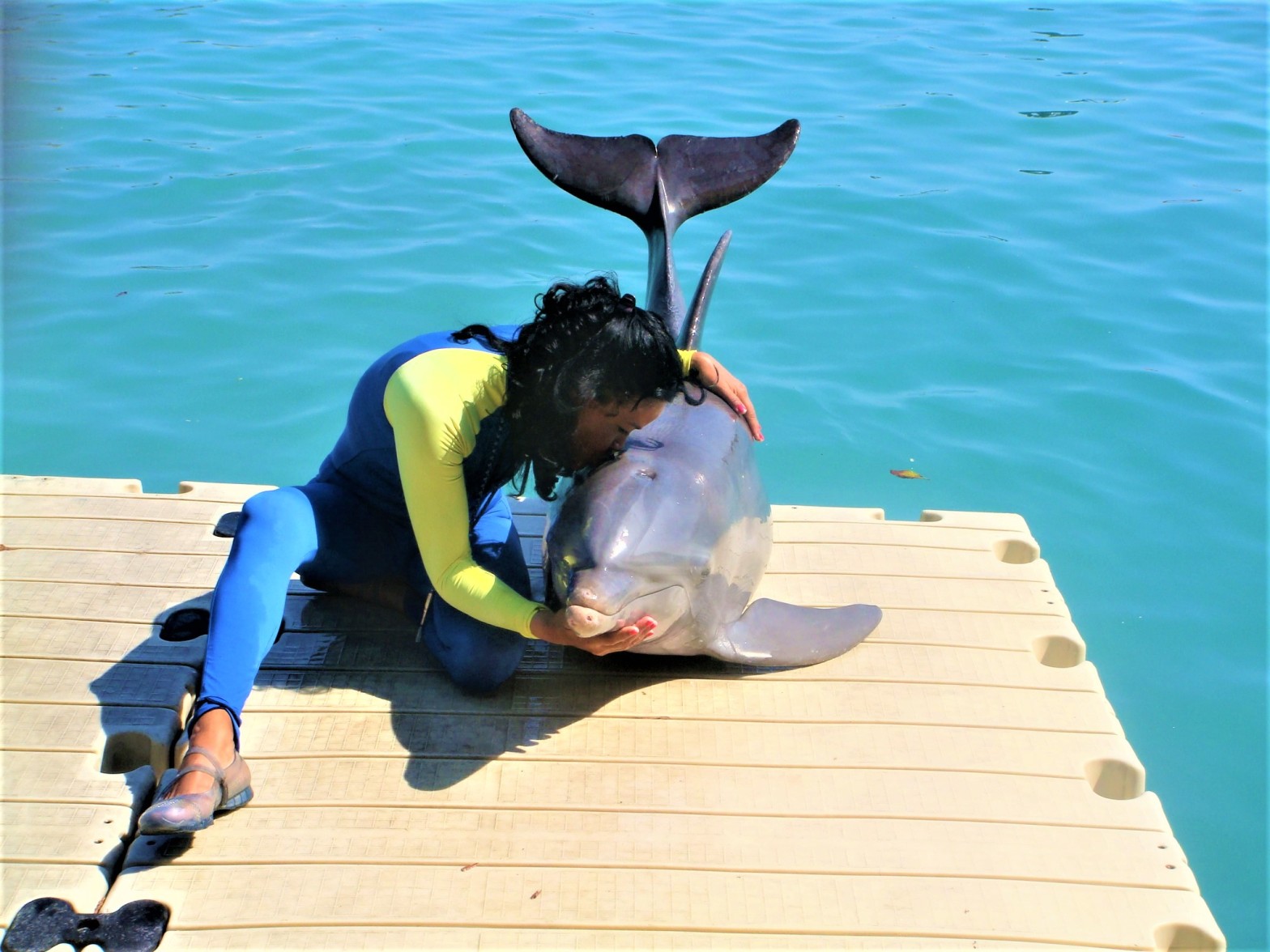Creativity is impossible to measure, however everyone can be creative. If you take your time there are steps you can use to express your creativity more frequently and more effectively. Improving creativity is possible over time.
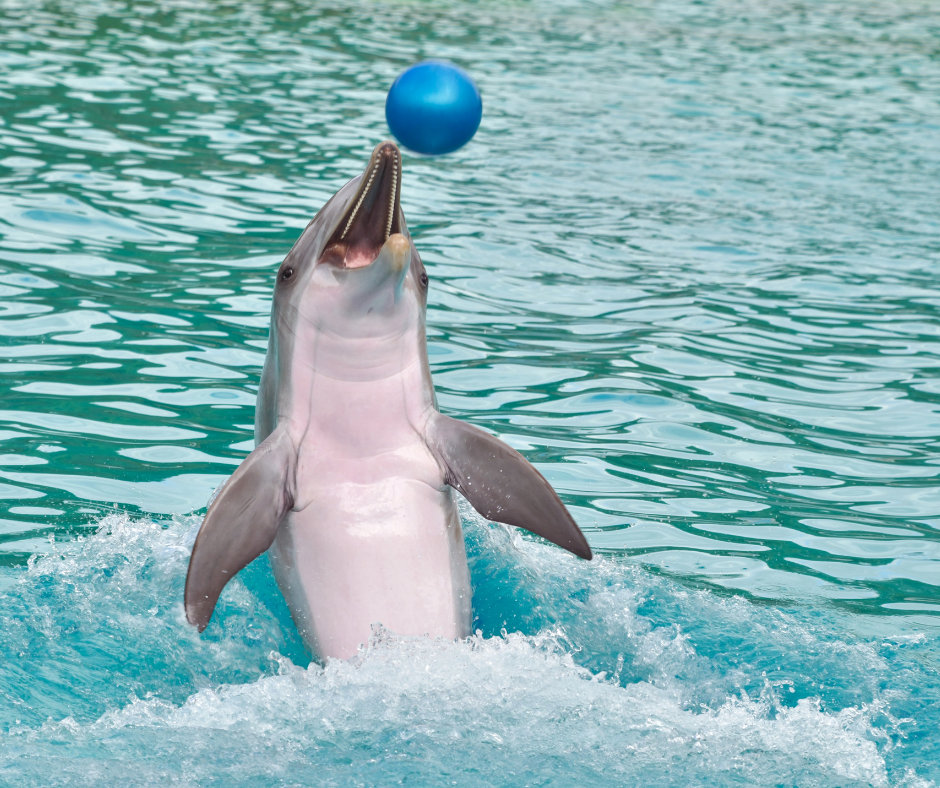
Here are some useful tips to increase your creativity as a trainer.
1. Allow yourself to be different.
2.It is good to set aside some time to practice.
3.Do not be afraid to ask questions or to share your ideas.
4.Start by creating safe new animal toys or improving their area.
5.Play with your animal during free time and new ideas will come.
6.Speak your mind when discussing with the team about new plans.
7.Take some time to practice new ideas often and regularly.
8.Choosing activities you like can help you increase your creativity.
9.Be curious search online many things can prompt your ideas.
10.A healthy diet allows your brain to work better, if you feed your body and brain cells.
11.Visit other places or watch videos for inspiration.
Do not force it, relax or you could block ideas, so take your time when searching for new ideas. When you are deeply involved in various activities, if you allow it consciously, your creativity will flourish.
Just let yourself explore new ideas often and eventually it will come!
Check our trainers video to prompt your brainstorms on the links below
Mentoring page: https://www.facebook.com/viadolphinmentoring
Via dolphin group: https://www.facebook.com/groups/dolphinsupport
cred: ggl images




